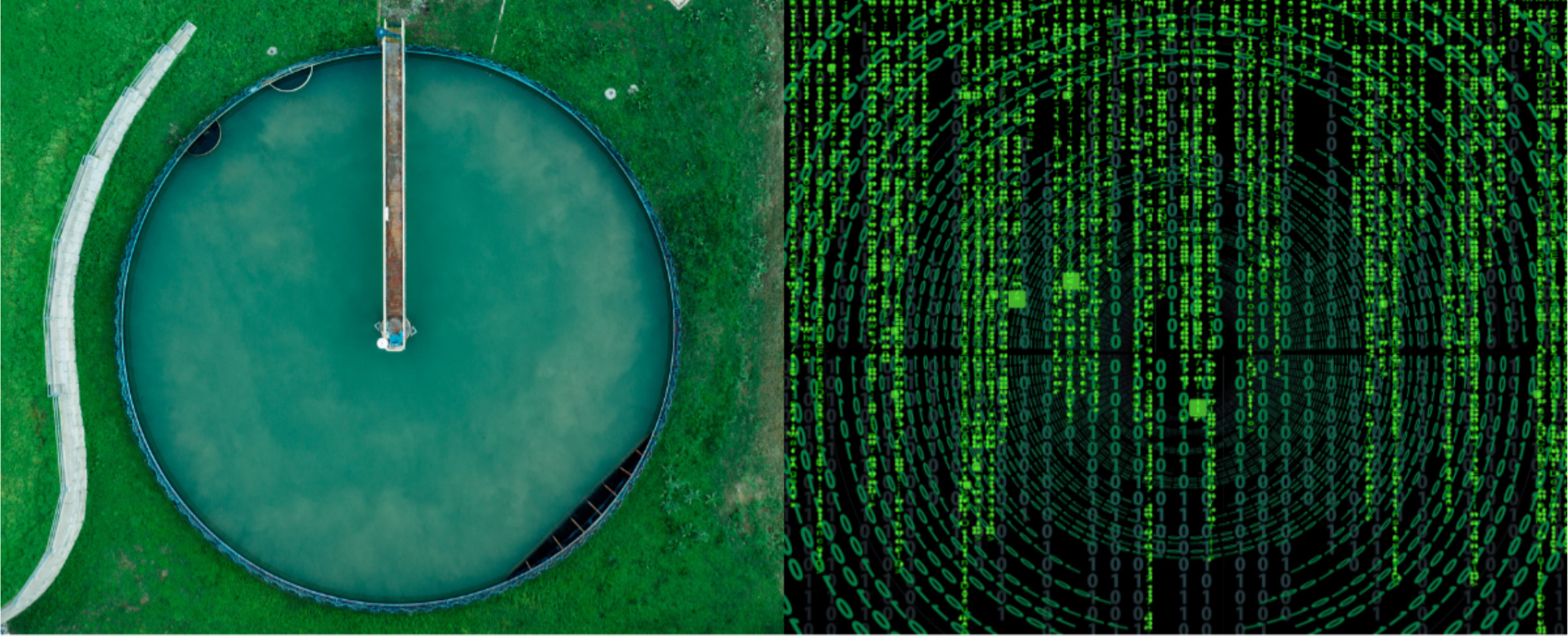Article
How will water management look in 2030 using data analytics?
Mainstream use of remote sensors, smart devices, satellites and machine learning will change the way water utilities make data-based decisions to better manage their assets
With challenges come innovation, and that’s exactly what’s happening in the water utility sector in Australia. Despite being conservative organisations subject to regulation, water utilities are adopting new technologies to make data-based decisions and better manage their assets in the face of ongoing threats to water security.
To understand the future challenges of the water sector in Australia and what technologies will be used for water management in 2030, SpiralData has interviewed Professor Graeme Dandy, Emeritus Professor of Civil and Environmental Engineering at the University of Adelaide and Fellow of the Australian Academy of Technological Sciences and Engineering.
According to Prof. Dandy, climate change (whether its effects are drought or floods) continues to be the main challenge to water management in the foreseeable future. This comes alongside the increasing pressure for providers to become carbon-neutral and to actively contribute to the circular economy through wastewater reuse and stormwater harvesting. These environmental challenges directly impact the ability of water utilities to satisfy the United Nations’ recognised human right to clean water and sanitation, demanding a full integration between demand, supply, water quality and ecological considerations.
However, an interesting challenge that comes with innovation is to understand what to do with the vast amount of data that will be collected through different devices and new smart-data networks in real time. “Water utilities will have both the challenge and the opportunity of increased data to be made available from their operations. The opportunity here is to better understand consumer behaviours and operational efficiencies and to make better data-based decisions and forecasts”, says Prof. Dandy.
So how will new technology and data analytics be used for water management in 2030? While there’s already a range of new developments happening in the sector, some solutions will become mainstream due to reduced implementation costs and the emergence of new expertise. Examples include remote sensors and smart devices, satellites, software and machine learning automation.
“In 2030, every consumer will have a smart water meter with real-time tracking of consumption. Remote sensors will be used for network instrumentation, diagnostic checking, water treatment and forecasting”, predicts Prof. Dandy. “For example, while SA Water already has some instrumentation in Adelaide, it will be intensified and spread over the state network to monitor water flows, quality and demand in real time”.
Environmental aspects will also be managed with emerging technology, from catchment to recycling water. “Although the Bureau of Meteorology already provides data on weather forecasts and water storage levels, new satellites the size of lunch boxes will be able to monitor specific aspects of the water catchment, such as algae blooms, salinity and soil moisture”, says Prof. Dandy. Smart software will automate aspects of water quality analysis, such as identifying pathogens, viruses or harmful chemicals. This will make it cheaper and safer for recycled water to be used for industrial and residential purposes.
These technologies will generate even more data that needs to be stored, processed and analysed in a sensible way. The solution, according to SpiralData’s CEO Kale Needham, is to move away from siloed sensors with fragmented vendor architectures to a common organisational data lake. “Over the next 10 years, water utilities will demand better decision making, improved productivity, cost optimisation and lower risk from their data. The value of having a common data lake will be real-time monitoring using sophisticated optimisation and anomaly detection algorithms”, says Needham.
One example of using machine learning for anomaly detection in water utilities is SpiralData’s collaboration with SAGE Automation. Using statistical tests and deep learning prediction algorithms, the two South Australian companies developed an automated solution that can detect chokes within the pump network of a water utility.
“The maintenance activities of water utilities will change from break-fix to preventative and eventually prescriptive. For this to happen, internal and external expertise will forensically deep-dive into the problem using valuable data from their common data lake and sophisticated algorithms in real time”, says Kale Needham.
The large-scale use of smart devices and real-time data analytics for water management will benefit both providers and consumers. These include cost savings from more efficient operations, improved quality of service, fewer disruptions, better forecasts and water quality. Not to mention environmental benefits, from minimising energy consumption to increasing the use of recycled water. These technologies will be adopted not only by large water utilities, but on a smaller scale across varied geographies.
As automation becomes more widely used, will technology replace humans? The answer, according to Prof. Dandy, is no. In the same way that optimisation algorithms don’t replace the engineer and water quality analysis requires a chemist and microbiologist, these new tools will still rely on human beings with years of experience to understand and interpret measurements that are outside the normal range. Instead, technology will save time and perform lots of routine, repetitive work, providing operators with useful information to assist the decision-maker in doing their job.
In face of the ongoing challenges experienced by the water sector, further developments to collect, analyse and provide information back to the operators and decision-makers in real time will help them design and operate better systems — for the benefit of suppliers, consumers and the environment.



